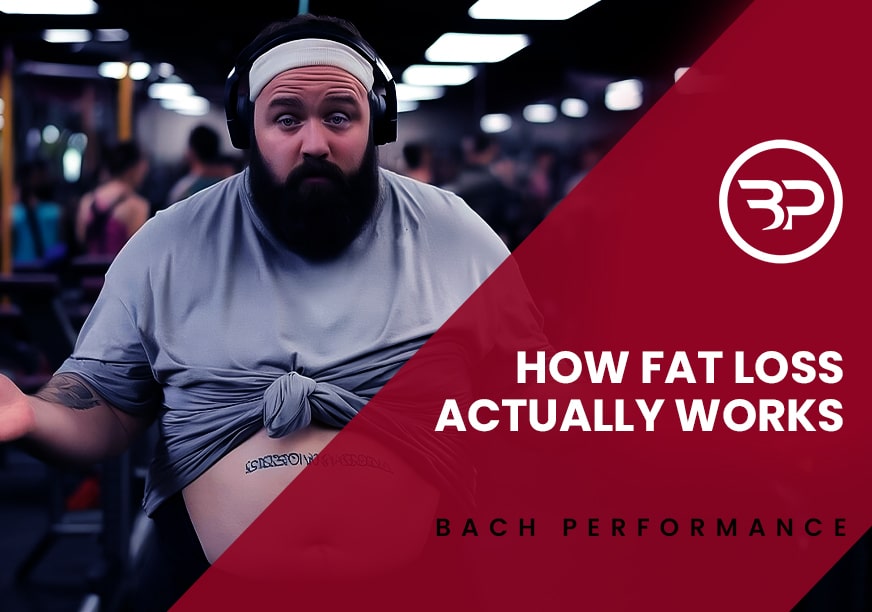How to Do Pull-Ups: A Sure-Fire Progression for Pull-up Proficiency Part 1
March 10, 2014
Pull-ups are my favorite upper-body exercises. I’ve been bumpin’ out pull-ups since I wore Nike wind pants and Pokémon cards were cool. I’m no longer slingin’ Pokémon cards on the playground but pull-ups and wind pants remain–they’re just too comfy.
Nothing builds relative upper body strength and carves your back, biceps, and forearms like pull-ups. Plus, they’re great for developing stable shoulders and are a fantastic indicator of overall fitness—If you’re able to knock out 8-12 pull-ups you’re clearly in damn good shape.
With the rise and media attention Crossfit games pull-ups have become commonplace in training programs, with everyone from young athletes to your 55-year-old aunt looking to master their first pull-up. Swinging your way up to the bar for a “kipping pull-up” is a skill, but it’s not a pull-up. I’m here to guide your journey to the strict, chest to the bar pull-ups. In the last few weeks Bach Performance online training clients and readers have been asking for help in mastering pull-ups. Whether you’re new to lifting, losing weight, or just want to finally master the pull-up then this is for you.
[This isn’t a Crossfit slam article, quite the contrary. I’m happy they have people touching barbells and looking to do “pull-up like exercises”]
Progress your way to Pull-ups
Make no mistake—Pull-ups are difficult. Seeing it on TV and wishing won’t make it happen. Mastering pull-ups takes dedication, patience, higher training frequency, and a well-designed progression. I’ve got the progression, but doing the work is on you.
45-degree inverted row: A suspension trainer like the TRX works best, but a barbell secured in a power rack works too. Position your body at 45 degrees—halfway between standing tall and being parallel with the ground. Keep the core braced, and glutes squeezed. Pull through the elbows, keep the head neutral, and control the negative (eccentric) of the lift.
Parallel inverted row: Parallel inverted rows utilize more bodyweight because the body is parallel to the ground. A good starting point is setting the barbell at hip height with enough room to fully extend the arms without lying on the ground. Brace the core and squeeze the glutes. Pull through the elbows, keep the head neutral, and control the negative of the lift.
Feet elevated inverted row: Elevating the feet further increases the difficulty of the lift. Use a stable surface like a bench or chair, never an unstable surface like a stability ball. Although feet elevated rows are a horizontal pull they will build tons of strength in the forearms, biceps, and back, preparing the body for vertical pulling. These are a fantastic alternative to bent-over rows and dumbbell rows
Wrap Up
Besides improving you awesomeness 10,000% these variations get the ball rolling and prepare you for pulling bodyweight pull-ups. For some of you these may be too easy, but sit tight and stay tuned for Friday. I’ll be dropping a program to guide your path to the pull-up promise land (say that 5 times fast, seriously).
P.S. Grab part two of the progression here.
P.S.S. Are you part of our Free Facebook Community? Join today for free workout tips, coaching tips, and an awesome network of like minded people.







